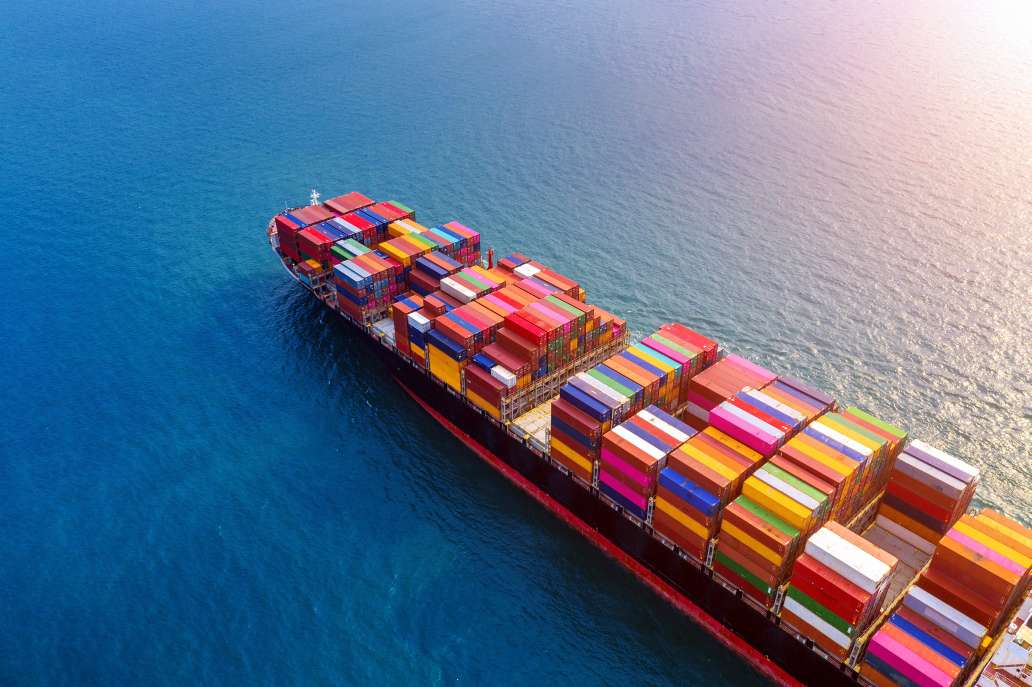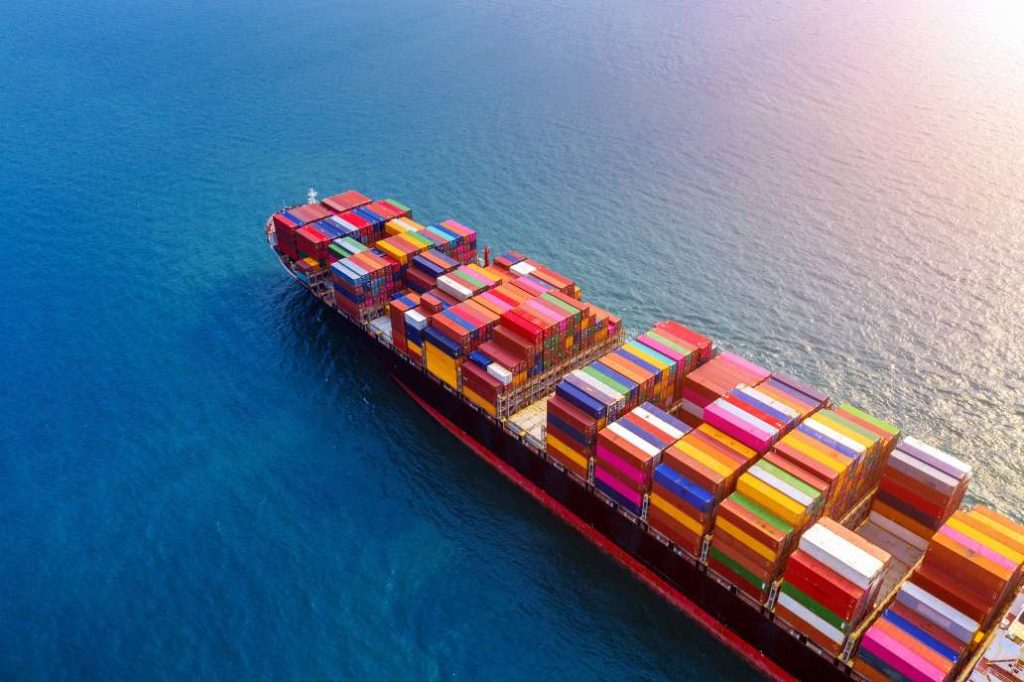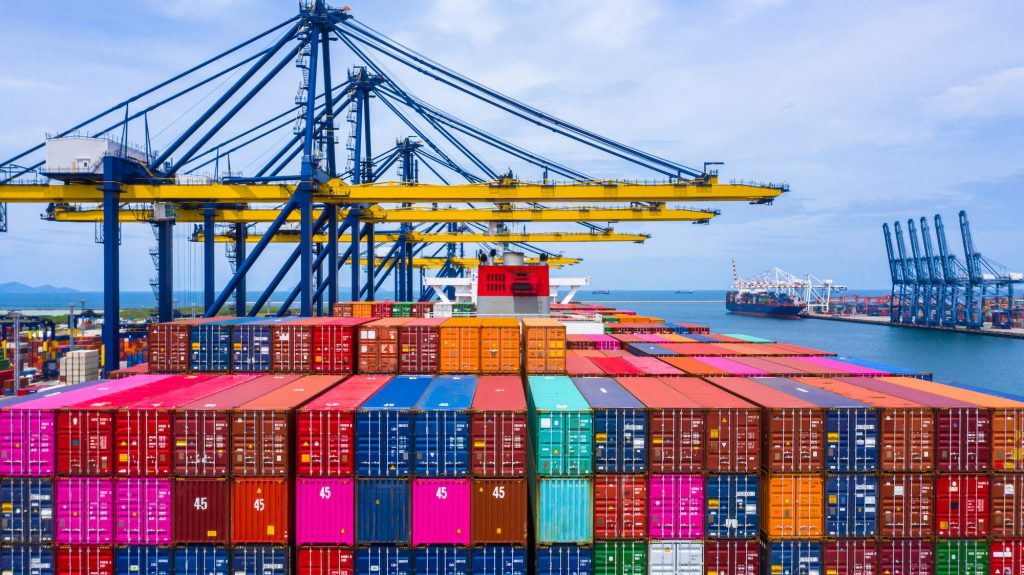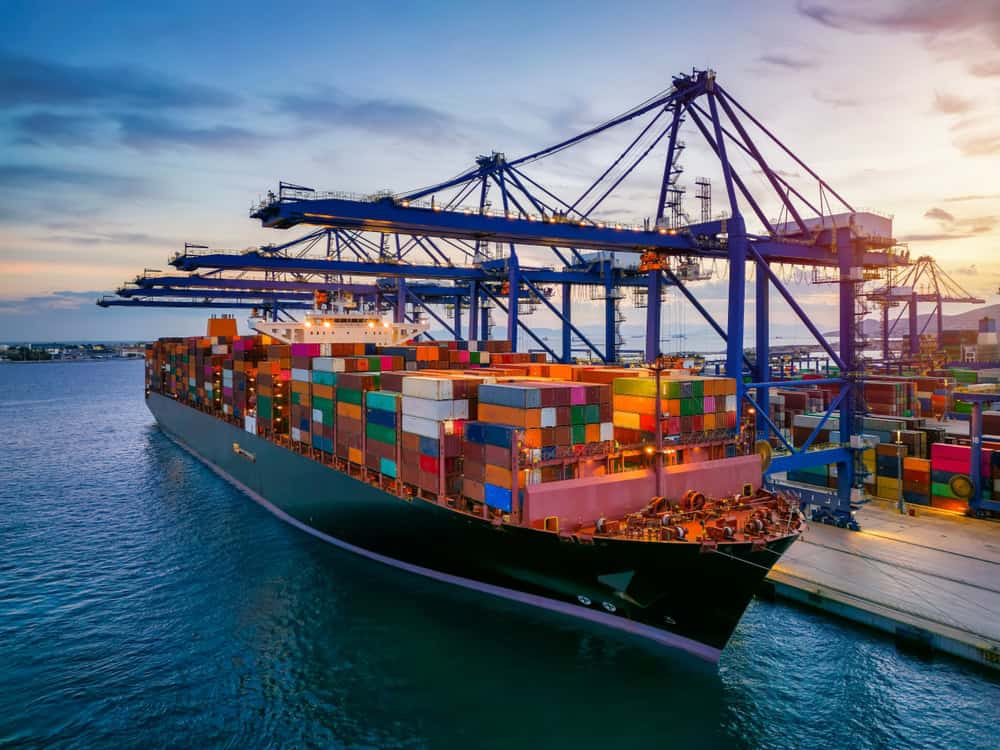In the global trade ecosystem, maritime shipping remains the indispensable "economic artery," facilitating over 80% of international trade. As the industry grapples with volatile freight rates, digital transformation, and green policy mandates in 2025, stakeholders must adapt swiftly to seize opportunities. This analysis explores the current market dynamics, transformative trends, and actionable strategies for cross-border sellers and trading enterprises.

Global Shipping Market Overview
U.S. West Coast Routes: Peak Season Sparks Capacity Wars
Los Angeles Port data from May reveals a 12% month-on-month rebound in container throughput, with vessel arrivals surging 40%—the highest since 2023. This resurgence stems from a 90-day tariff adjustment grace period between the U.S. and China, triggering aggressive restocking by American retailers. Bookings for China-U.S. West Coast routes skyrocketed 277% within eight days. Matson’s premium service now exceeds $4,500/FEU, up 22% from April, while Evergreen and CMA CGM announced June Peak Season Surcharges (PSS) of $800–1,200/FEU.
European Routes: Strikes and Carbon Taxes Disrupt Operations
Port worker strikes in France and Germany have caused 72-hour delays at Rotterdam and Hamburg, reducing Shanghai-Europe schedule reliability to 58%. Concurrently, the EU’s Carbon Border Adjustment Mechanism (CBAM) imposes an €80/ton levy on emissions for vessels over 4,000 TEU, elevating freight costs by 5–8%. A 20FEU container to Europe now costs $1,200–1,500 more than in 2024.Emerging Markets: Compliance vs. Cost Pressures
Mexico’s tightened customs rules have raised inspection rates for textiles and electronics by 35%, incurring $2,000–5,000 per detention. Southeast Asian routes show divergence: Vietnam-bound shipments grew 18% due to supply chain shifts, but Thailand routes face a 25% empty return rate and 10% rate declines amid local capacity bottlenecks.
Industry Transformation
1. Digitalization: Redefining Efficiency
- Intelligent Booking Platforms: COSCO SHIPPING’s "Shipping Brain" system slashes booking time from 3 days to 4 hours via automated rate calculation and document processing.
- Blockchain Adoption: Maersk’s TradeLens platform, linking 500+ firms, boosts customs clearance efficiency by 40% through real-time document sharing.
- AI Forecasting: CMA CGM’s AI models improve voyage prediction accuracy to 85%, mitigating delays via dynamic route adjustments.
2. Green Shipping: From Compliance to Competitive Edge
- Alternative Fuels: The ammonia-powered MSC Algeciras Green (90% emission reduction) debuts on Asia-Europe routes, while methanol-fueled vessels account for 32% of new orders.
- Carbon Management: COSCO’s "Low-Carbon Logistics Packages" offer carbon credits and green certifications to bolster ESG compliance.
- Port Innovations: Automated terminals in Singapore and Shanghai cut energy use by 30% and prioritize berthing for eco-friendly vessels.
Strategic Playbook for Sellers
1. Dynamic Booking Tactics
- Multi-Port Rate Comparison: Opt for cost-efficient ports (e.g., Ningbo-LA rates are 8–10% lower than Shanghai).
- Consolidation: Use "virtual cargo pooling" with peers to share full-container loads, reducing costs by 25%.
- Volume Commitments: Negotiate fixed-rate contracts (e.g., ≥50TEU quarterly) to hedge against volatility.
2. Compliance Safeguards
- Pre-Clearance: Submit labels and HS codes via Mexico’s SIAC system 48 hours pre-arrival to slash inspection risks.
- Origin Optimization: Leverage RCEP rules by shifting production stages to Vietnam/Malaysia for tariff savings.
- Insurance: Purchase delay coverage (0.3–0.5% premium) for 10–20% compensation on 7+ day delays.
3. Sustainable Logistics
- Eco-Packaging: Adopt biodegradable materials to reduce container space by 5–8% and comply with EU EPDR laws.
- Green Certifications: Choose "zero-carbon port + green vessel" combos (e.g., Matson CLX + LA’s carbon-neutral terminal) to earn Amazon’s Climate Pledge badge.
- Transparency: Showcase carbon metrics from logistics reports to enhance consumer trust.
4. Risk Mitigation
- Contingency Planning: Secure backup ports (e.g., LA/Oakland) for strikes or weather disruptions.
- Supply Chain Finance: Utilize "bill of lading financing" to access payments 7–15 days earlier during peak seasons.
Conclusion
While volatility defines the shipping industry, proactive adaptation to digital and green shifts unlocks enduring advantages. By balancing agility with strategic foresight, businesses can transform challenges into growth catalysts in the 2025 maritime arena.











